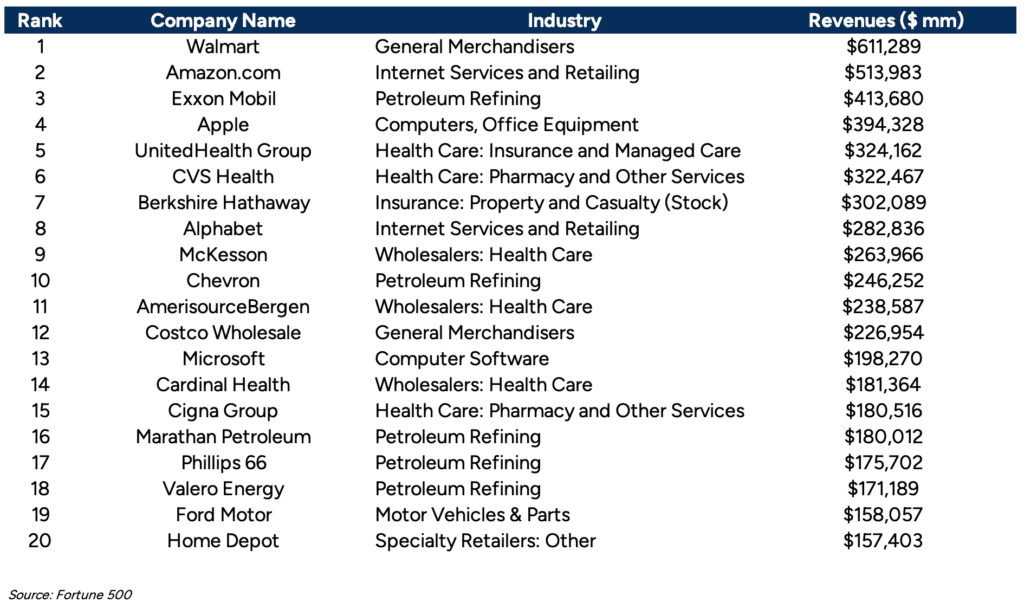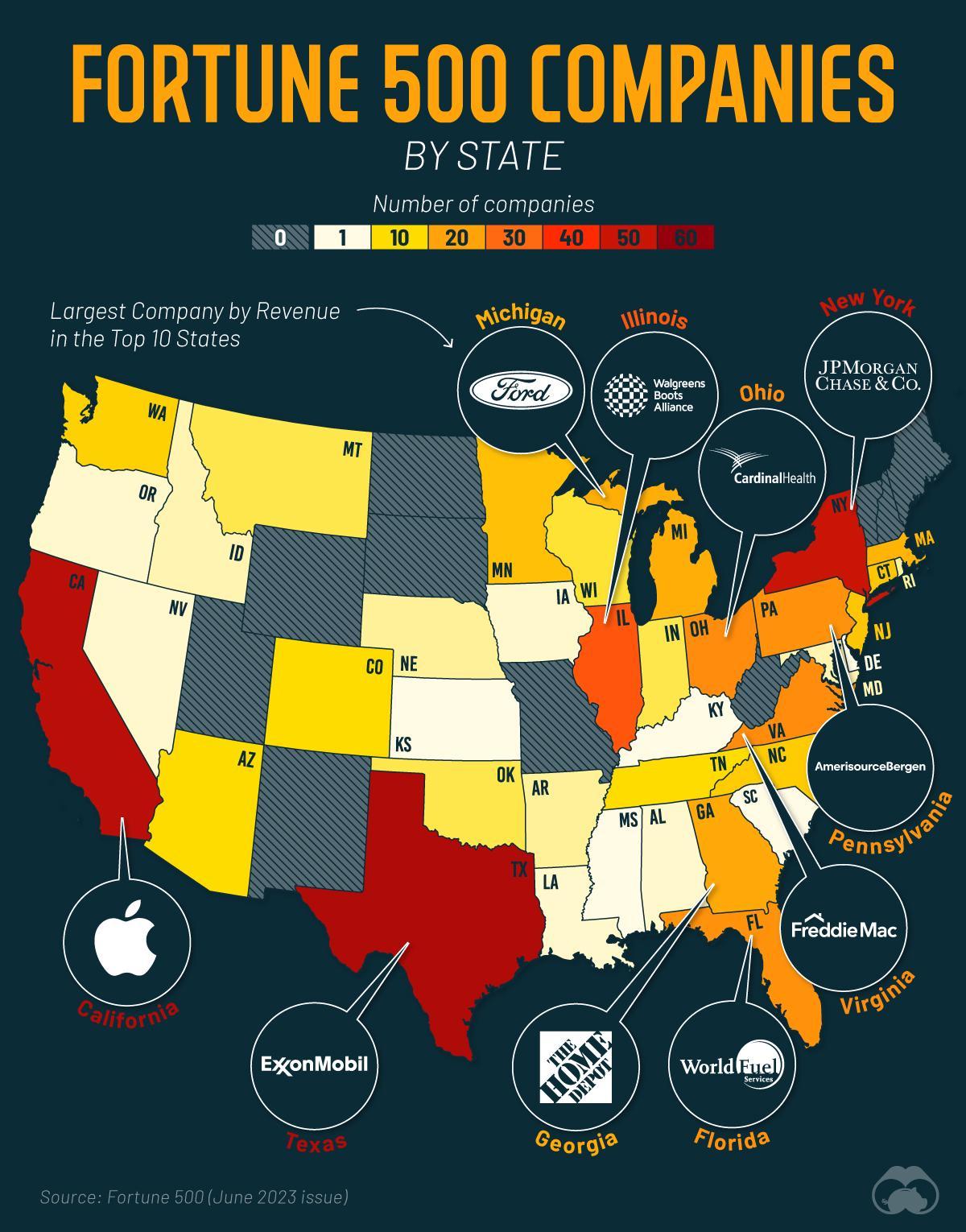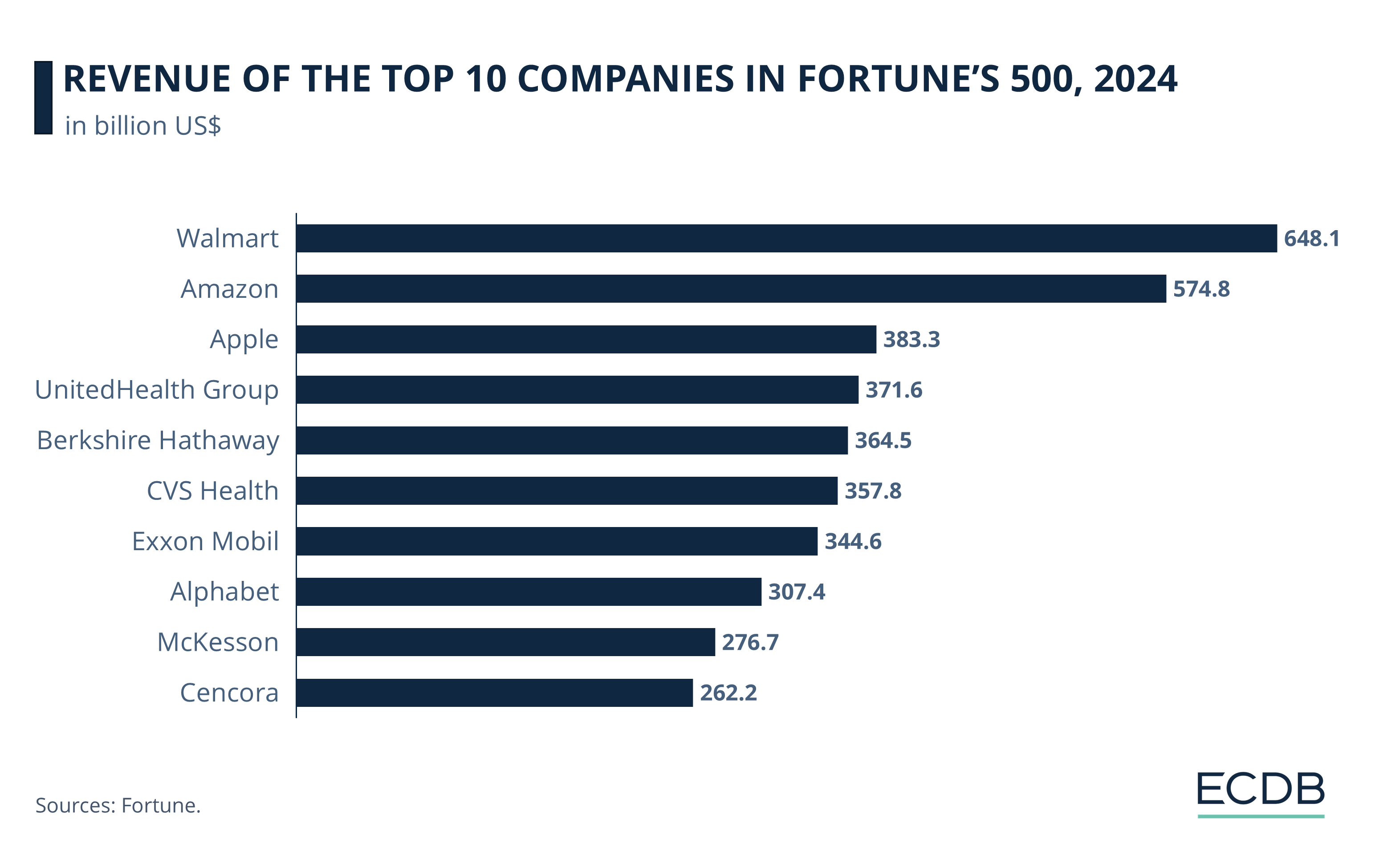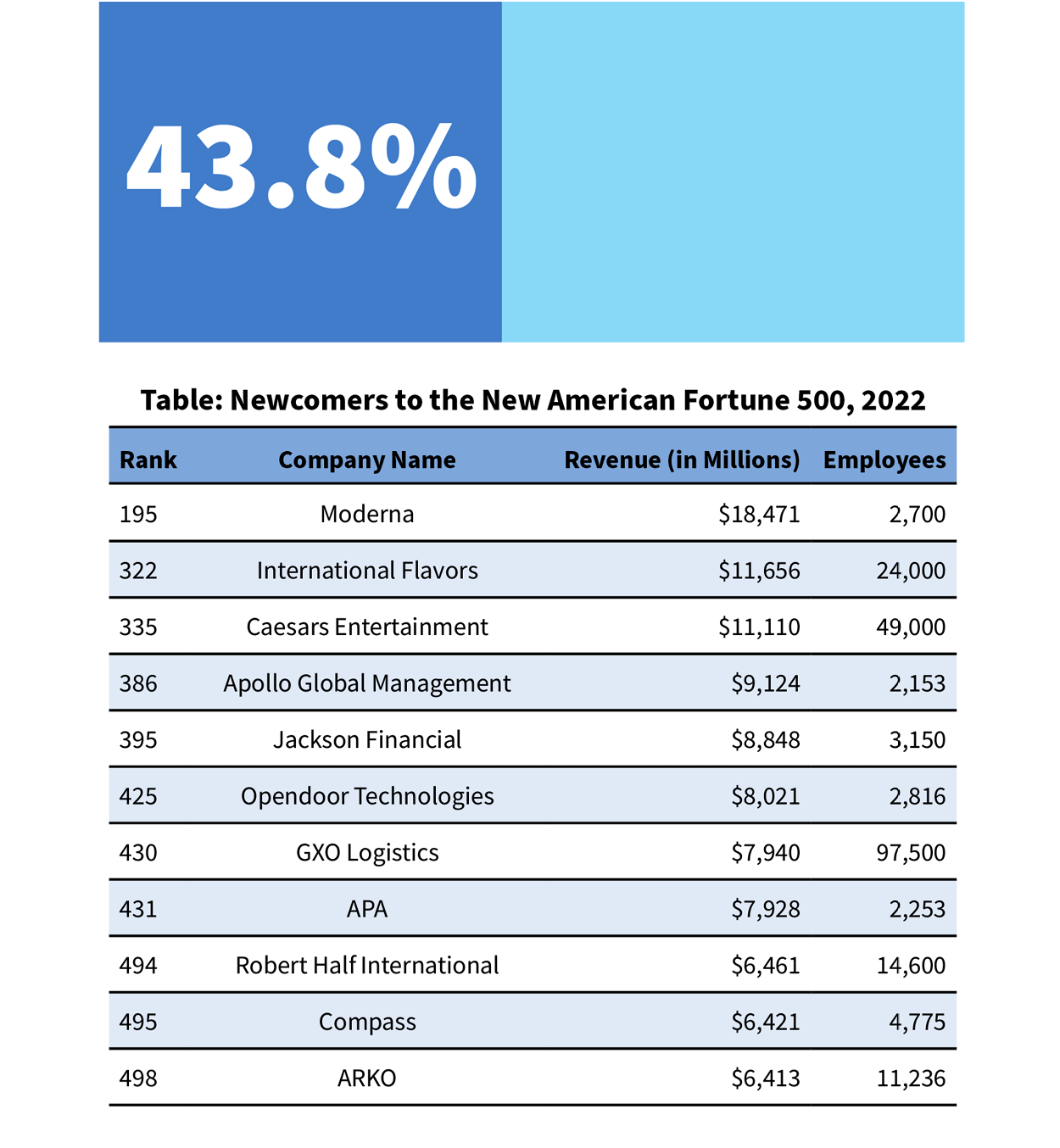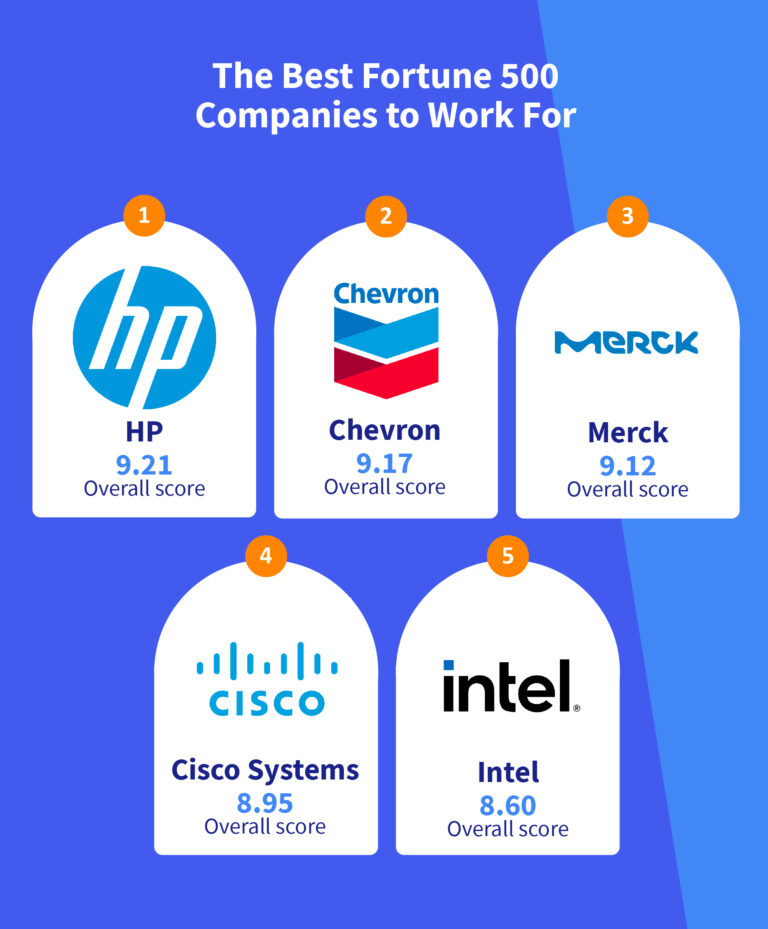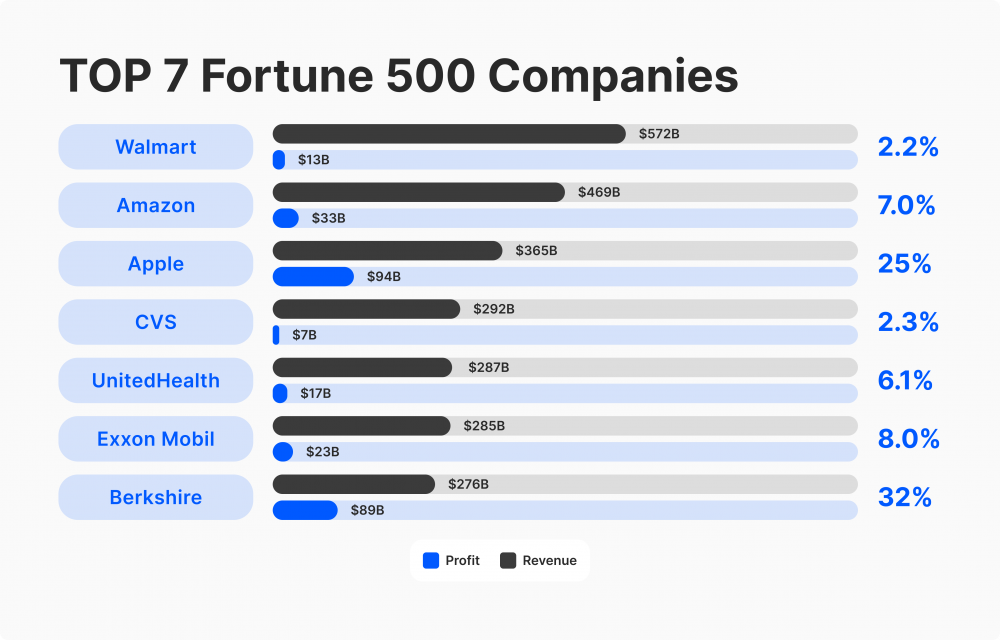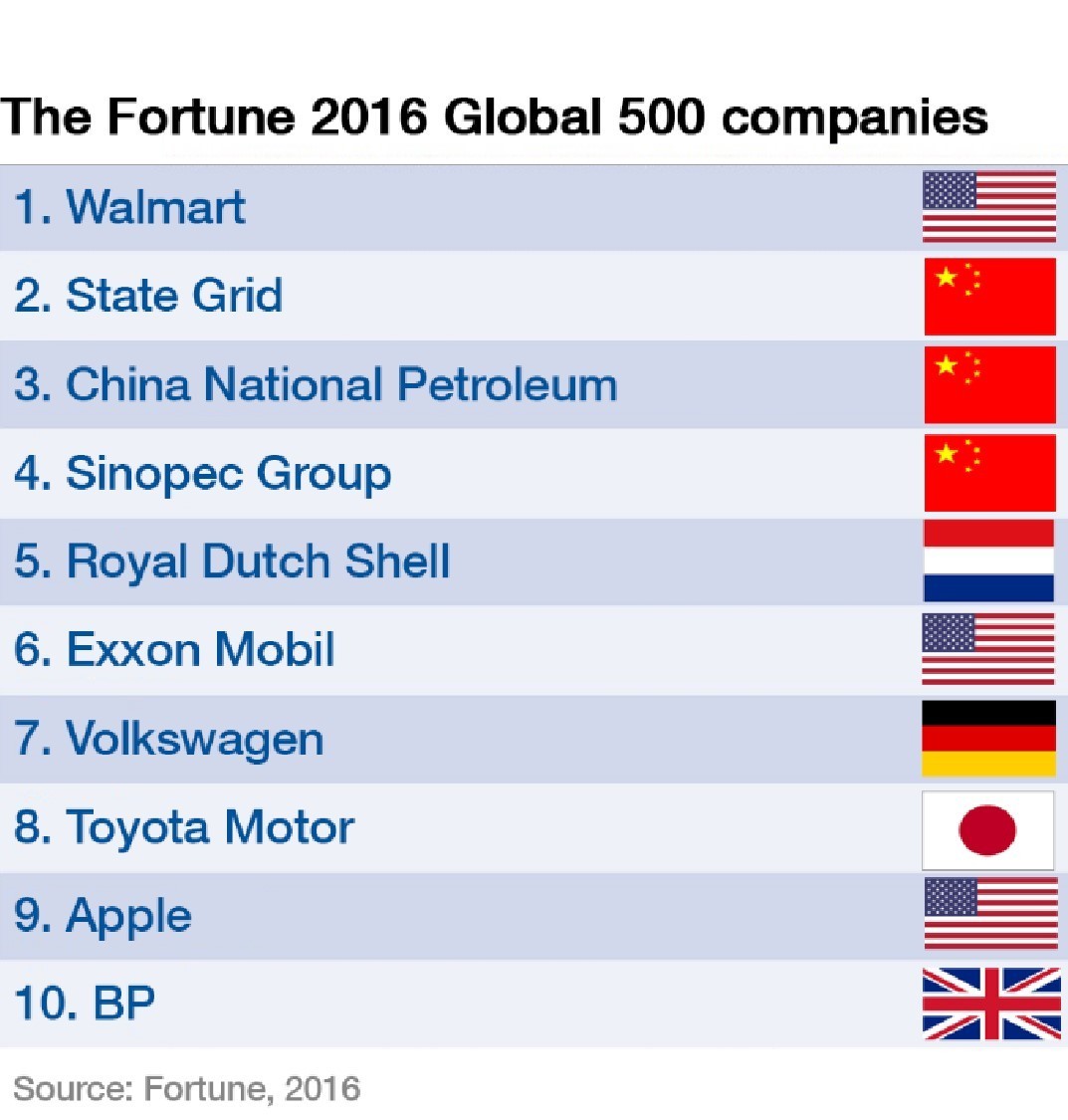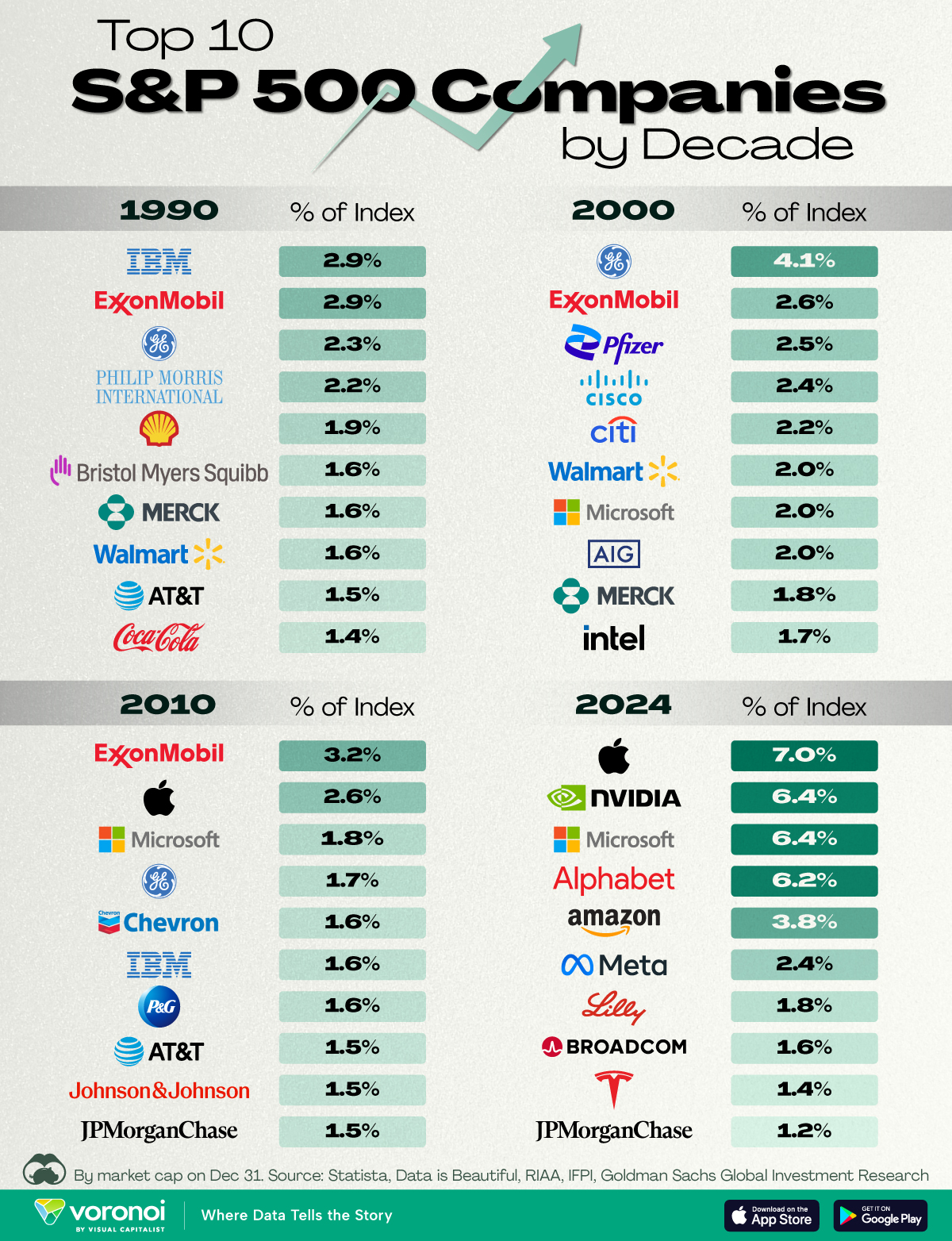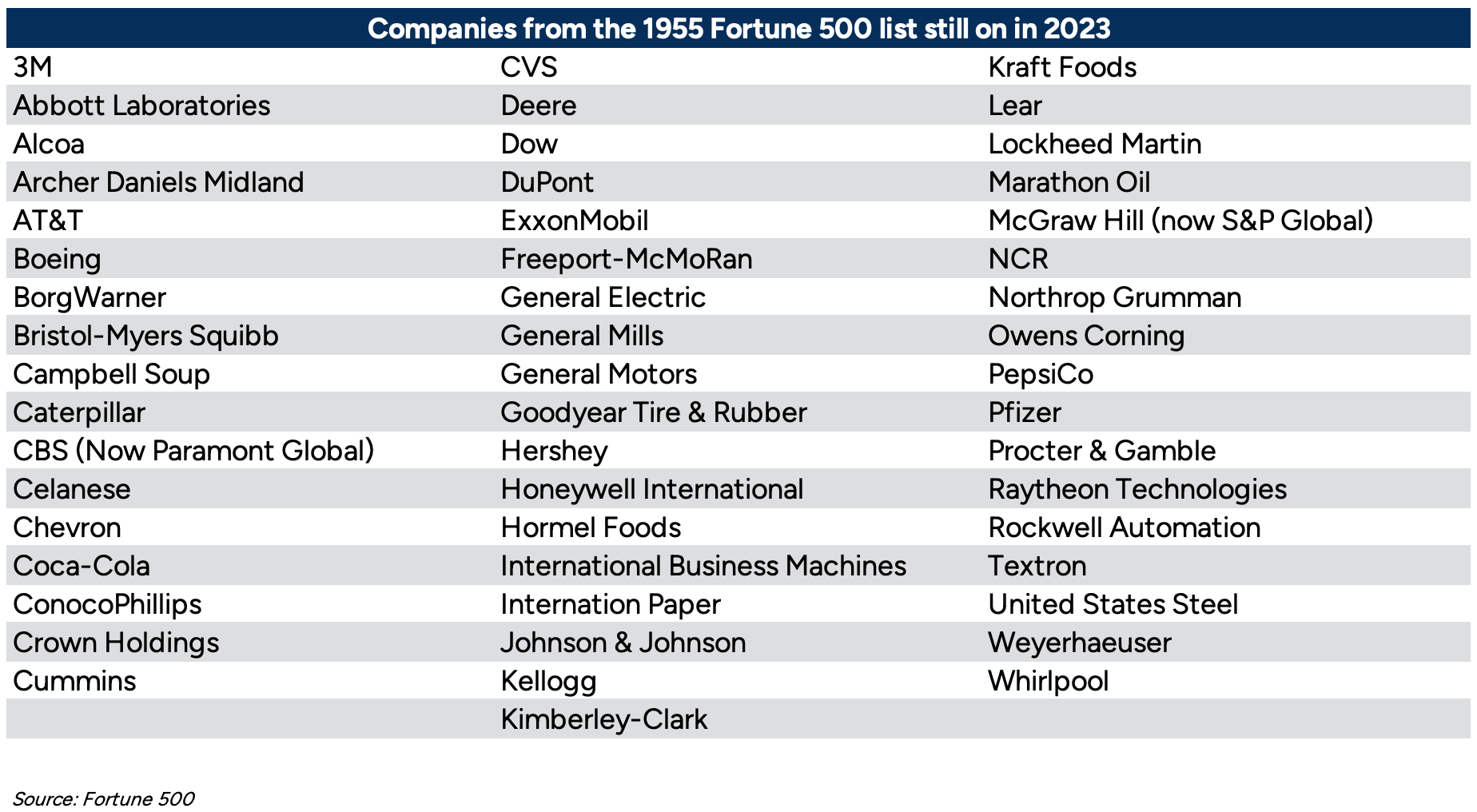How Are Fortune 500 Companies Ranked

Imagine a sprawling cityscape, its skyscrapers piercing the sky, each representing a titan of industry. These aren't just buildings; they're emblems of power, innovation, and economic might. But how do we measure the true stature of these giants, and who gets to claim the tallest peak?
The answer lies in a list that has captivated the business world for decades: the Fortune 500. This article delves into the methodology behind this prestigious ranking, unveiling the criteria, history, and significance of the list that annually crowns America's largest companies.
The Foundation: Revenue Rules
At its core, the Fortune 500 is a ranking of the 500 largest U.S. companies by total revenue for their respective fiscal years. Revenue, in this context, means the total gross income, before any deductions for expenses, taxes, or other items.
Essentially, it's a measure of how much money a company brings in from its operations. The higher the revenue, the higher the ranking.
A Closer Look at the Criteria
While revenue is the primary determinant, there are nuances to the qualification process. To be eligible, companies must be incorporated in the United States and operate, in part, in the U.S.
This rule ensures that the list reflects the economic activity of American businesses.
Furthermore, the data reported must be publicly available. This means that privately held companies that don't disclose their revenue are generally not included, regardless of their potential size.
The History and Evolution of a List
The Fortune 500 was first published in 1955 by Fortune magazine. It was originally a ranking of industrial corporations, focusing on manufacturers, miners, and energy companies.
Over time, the list expanded to include service companies in 1995, reflecting the changing landscape of the American economy.
Today, it represents a diverse range of industries, from retail and technology to healthcare and finance.
Why Does the Fortune 500 Matter?
The Fortune 500 is more than just a list; it's a barometer of the American economy. It offers insights into which sectors are thriving, which are struggling, and how the business landscape is evolving.
For companies, inclusion on the list is a mark of prestige, boosting their brand recognition and investor confidence. It's a validation of their success and a powerful marketing tool.
The ranking also serves as a benchmark for performance, allowing companies to compare themselves against their peers and identify areas for improvement.
Beyond the Ranking: A Story of Resilience
However, it's important to remember that the Fortune 500 is just one metric of success. It doesn't capture the full story of a company's impact, including its contributions to society, its employee relations, or its environmental sustainability.
Companies can be profitable and still be unethical. The Fortune 500 only shows a company's revenue, not how the revenue was made.
Companies rise and fall, dynasties are built and crumble, such is the life of a Fortune 500 company.
